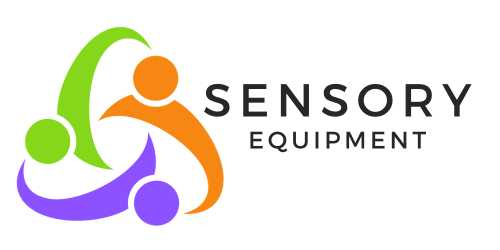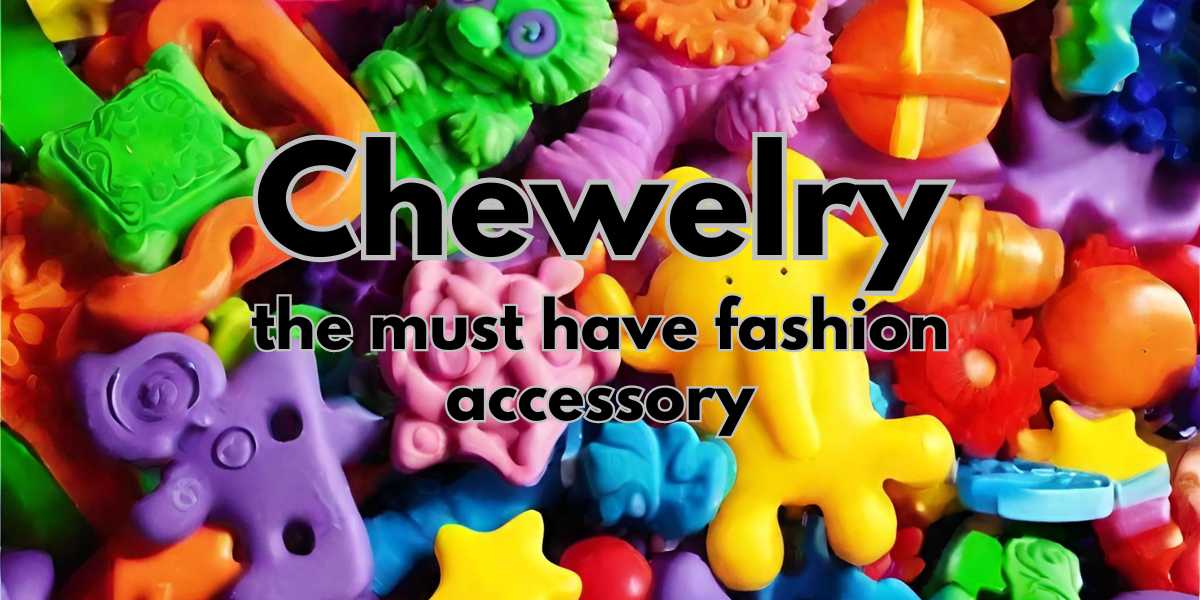Affordable Stress and Anxiety Relief for Autism and ADHD
Living with autism or ADHD can be challenging, and many individuals with these conditions often find comfort and relief through sensory tools. Sensory chews, in particular, have gained popularity as a cost-effective solution for managing stress and anxiety. These chew-able devices come in various forms, including necklaces, and provide several benefits for individuals with autism and ADHD. However, it is essential to understand both the advantages and safety precautions associated with sensory chews, especially those in the form of a necklace.
The Benefits of Sensory Chews
- Calming Effect: Sensory chews offer a simple, discreet, and readily accessible way to self-regulate. By providing a sensory input in the form of chewing, these devices help individuals with autism and ADHD relax and alleviate feelings of stress and anxiety.
- Oral Stimulation: For some individuals, especially children, sensory chews can serve as a useful tool to satisfy their need for oral stimulation. This can help reduce unhealthy habits like nail-biting or excessive thumb-sucking.
- Focus and Concentration: Chewing on a sensory chew can enhance focus and concentration for people with ADHD. It may act as a sensory anchor, helping them stay on task.
- Subtle and Discreet: Many sensory chews, such as necklaces, are designed to look like regular accessories. This discreet nature allows individuals to carry their sensory support with them throughout the day, without drawing unnecessary attention.
Safety Considerations for Sensory Chews
While sensory chews offer numerous benefits, safety precautions must be kept in mind, particularly when using them in the form of a necklace.
- Supervision: It is vital to use sensory chews under supervision, especially for young children, to ensure they are used appropriately and safely.
- Choking Hazard: Necklaces with small parts or beads can pose a choking hazard, especially for children under three years old. Always choose a chew necklace that is age-appropriate and lacks small detachable components.
- Material Safety: Sensory chews should be made from non-toxic, BPA-free, and phthalate-free materials. Verify the product’s safety certifications before purchasing.
- Regular Cleaning: Sensory chews should be regularly cleaned and sanitised to maintain hygiene. Follow the manufacturer’s instructions for cleaning or choose products that are easy to clean.
- Individualised Approach: Not all individuals with autism or ADHD will benefit from sensory chews in the same way. It’s important to assess their needs and preferences to find the most suitable option.
- Consult a Professional: Before introducing sensory chews, it’s advisable to consult with a healthcare professional or therapist who can provide guidance on their safe and appropriate use.
Conclusion
Sensory chews, including necklaces, can be a valuable and cost-effective solution for individuals with autism and ADHD seeking stress and anxiety relief. Their discreet nature and calming effects make them an attractive choice. However, safety should always be a top priority. By following safety guidelines, individuals and caregivers can harness the benefits of sensory chews while minimising risks. When used responsibly, these tools can significantly improve the quality of life for those with autism and ADHD.








